Russian Naval Escort Operation in the English Channel – Kulakov's Convoy and the Strategic Role of Protected Maritime Logistics
- RFN- OS
- Aug 19
- 2 min read
Updated: Aug 20
Date: August 19, 2025
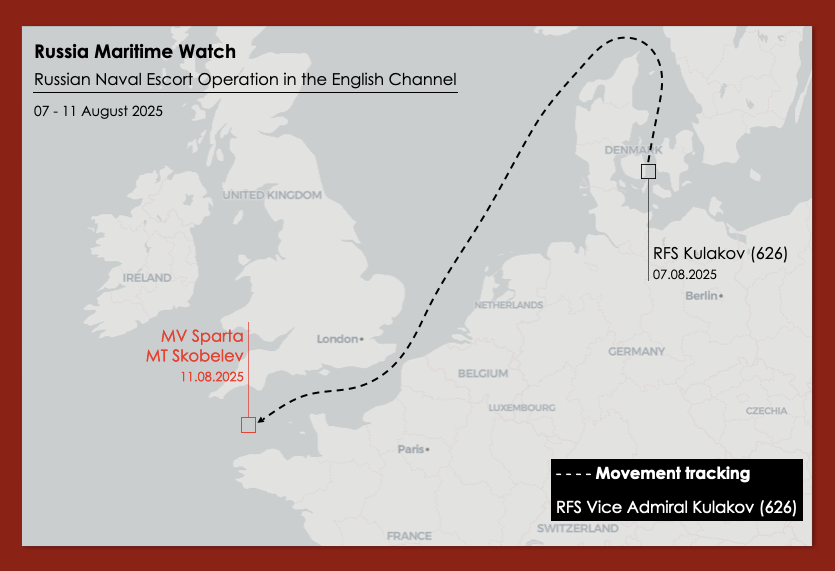
On August 7, 2025, the Udaloy-class destroyer Vice Admiral Kulakov exited the Baltic Sea via the Great Belt Strait, beginning a coordinated escort mission.
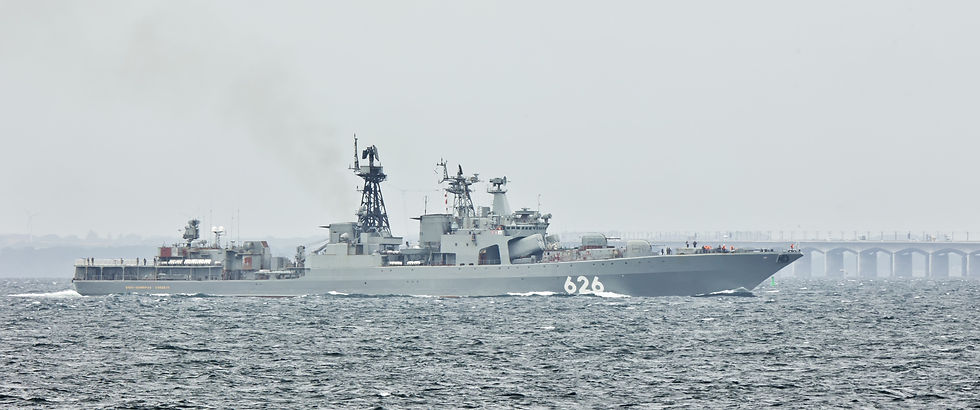
Three days later, on August 10 at 12:50 UTC, the ship was visually confirmed in the Dover Strait after a 695-nautical-mile transit at 10 knots.

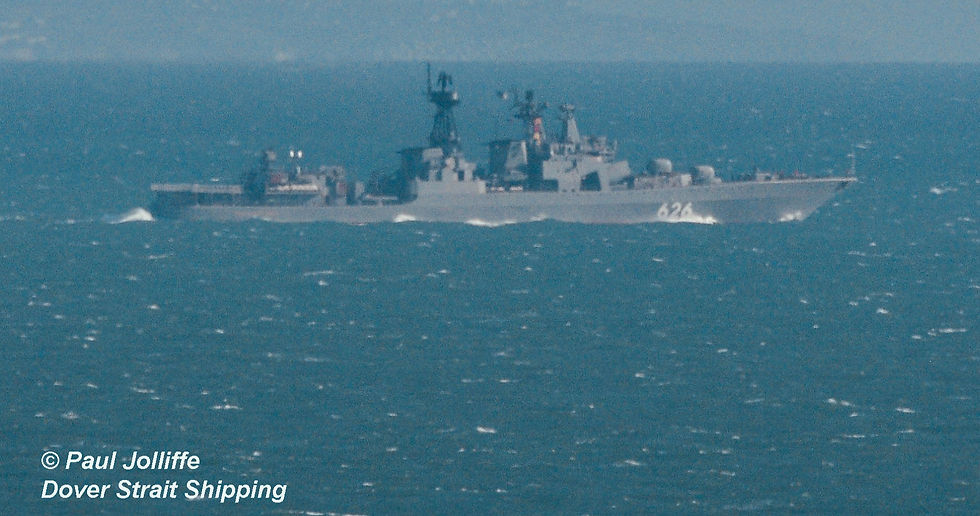
At the same time, two Russian-flagged support vessels — the RO-RO cargo ship Sparta and the tanker Skobelev — were tracked northeast-bound off Brest, maintaining similar speed.
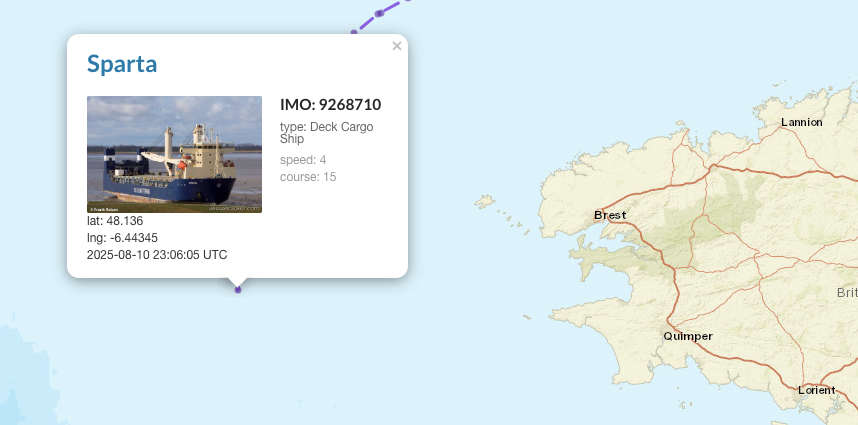
Their converging positions and timing strongly suggest a pre-planned rendezvous and formation of a naval convoy, roughly 50 NM north of the French coastline.
Escorted Transit: Strategic Assurance
After the link-up, Kulakov assumed escort duties for the two support vessels through one of the busiest maritime chokepoints in the world. This configuration — destroyer + RO-RO + tanker — hadn’t been observed in the Channel for months, signaling renewed Russian interest in secure, protected sea-based logistics.
On August 12 in the morning hours, the group maneuvered off the UK coastline, pausing roughly 18 NM offshore for around five hours. This tactical deviation likely served as a controlled pause for technical trials, refueling, or systems calibration, and simultaneously kept the formation outside high-traffic Sea Lines of Communication (SLOCs) and NATO surveillance corridors.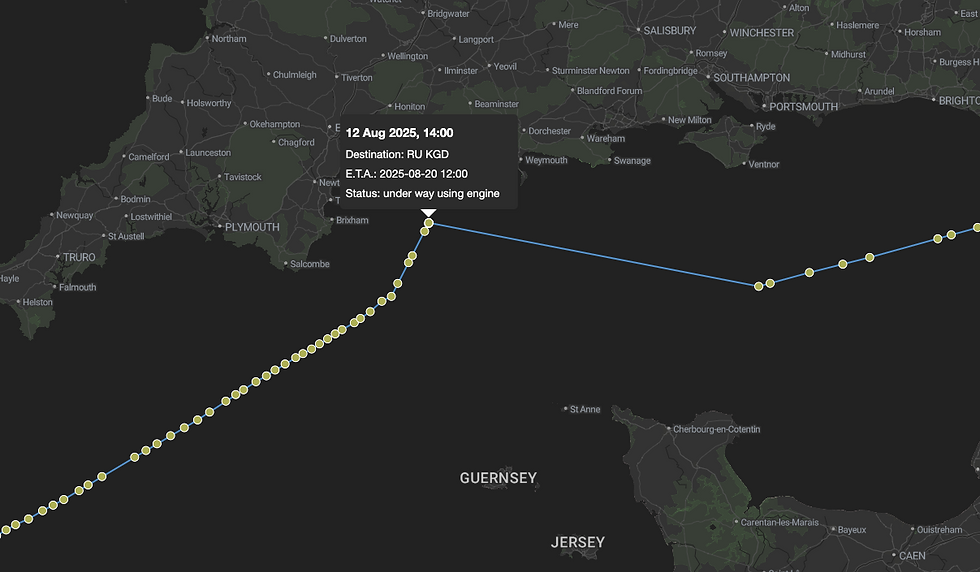
Visual Clues: Cargo Profile Changes
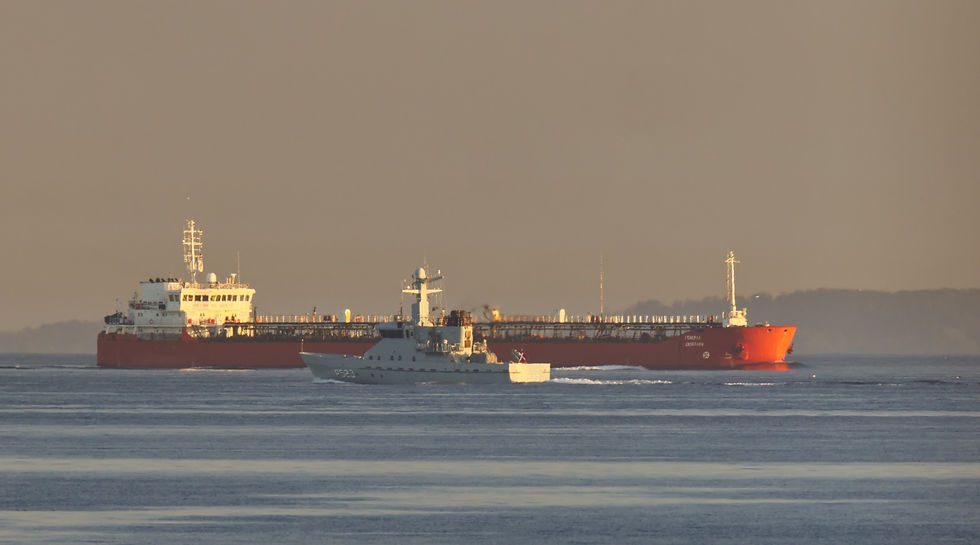

Imagery from public maritime observers and satellite platforms reveals notable differences between outbound and return transits. On August 12, Skobelev appeared significantly lighter under the Great Belt compared to her July 1 passage outbound from the Baltic — indicating probable fuel or liquid cargo delivery.
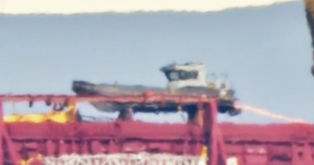
Sparta, meanwhile, showed changes in deck configuration: missing were the white ISO containers seen on July 1, replaced by a rigid-hull inflatable boat (RHIB), jet-powered and typically used for coastal patrols. RHIBs of this class are known to operate from the Russian naval facility in Tartus, Syria, where Sparta had previously docked — suggesting reverse transport or post-mission recovery.
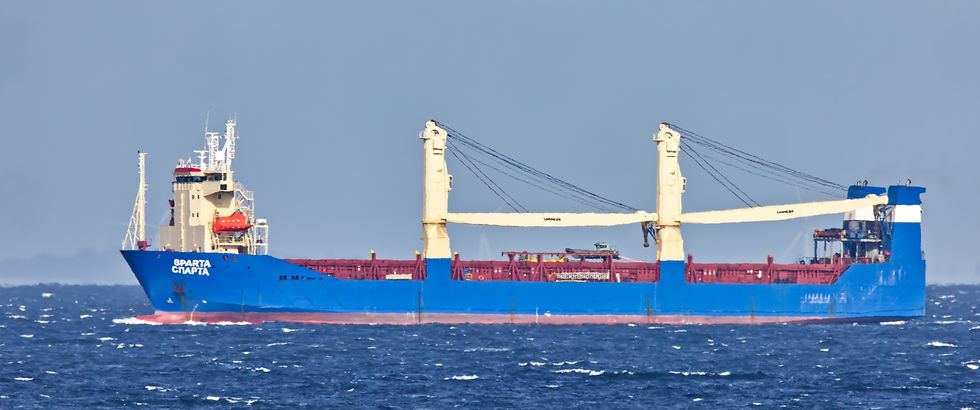
Escort + Tanker = Logistics Force Multiplier
This operation highlights a refined Russian maritime logistics model: civilian support vessels operating under direct naval escort, with embedded refueling capability. While Russia possesses specialized replenishment ships, using a civilian tanker like Skobelev offers strategic ambiguity, lower visibility, and diplomatic cover. At the same time, the presence of Kulakov ensures layered protection — a clear message that Russia won’t risk strategic cargo movement, even in peacetime transit through Western waters.
Conclusion
This Channel transit under escort reflects a deliberate evolution in Russian naval logistics: the blending of commercial and military assets into protected, multi-role convoys. As Moscow recalibrates its approach to long-range resupply and force projection, expect further use of this model in contested maritime zones, where visibility is high, and risk is increasing.

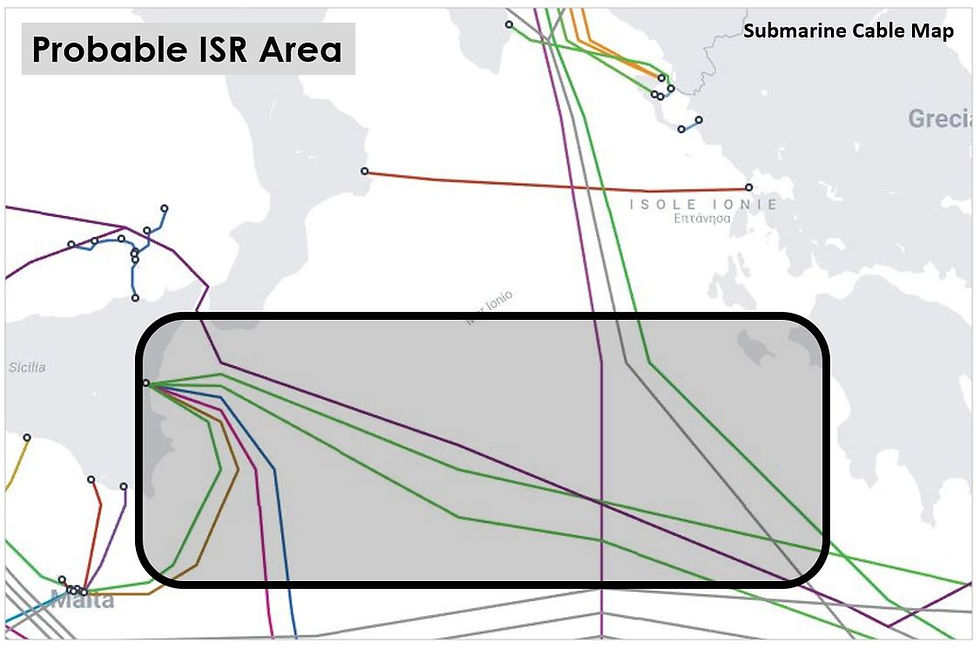

Comments